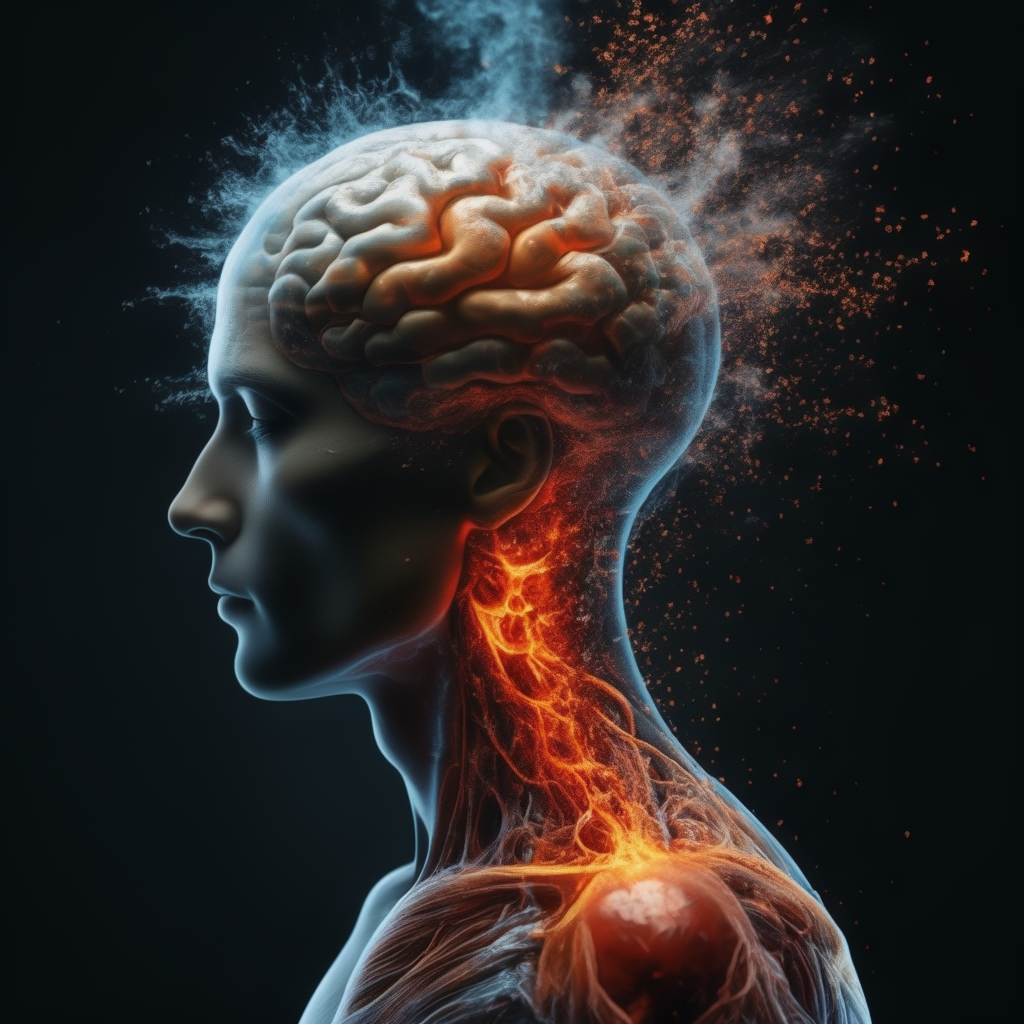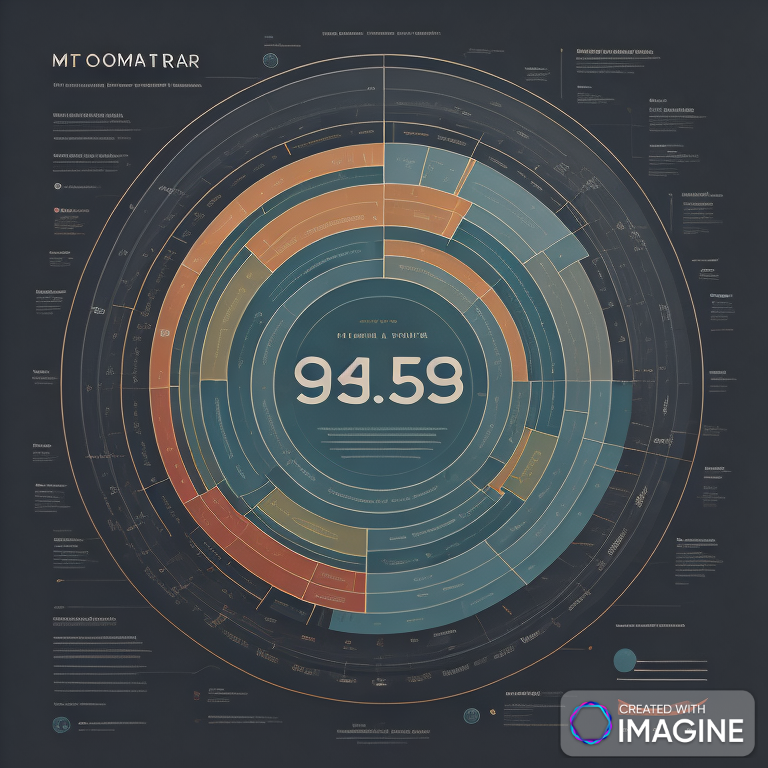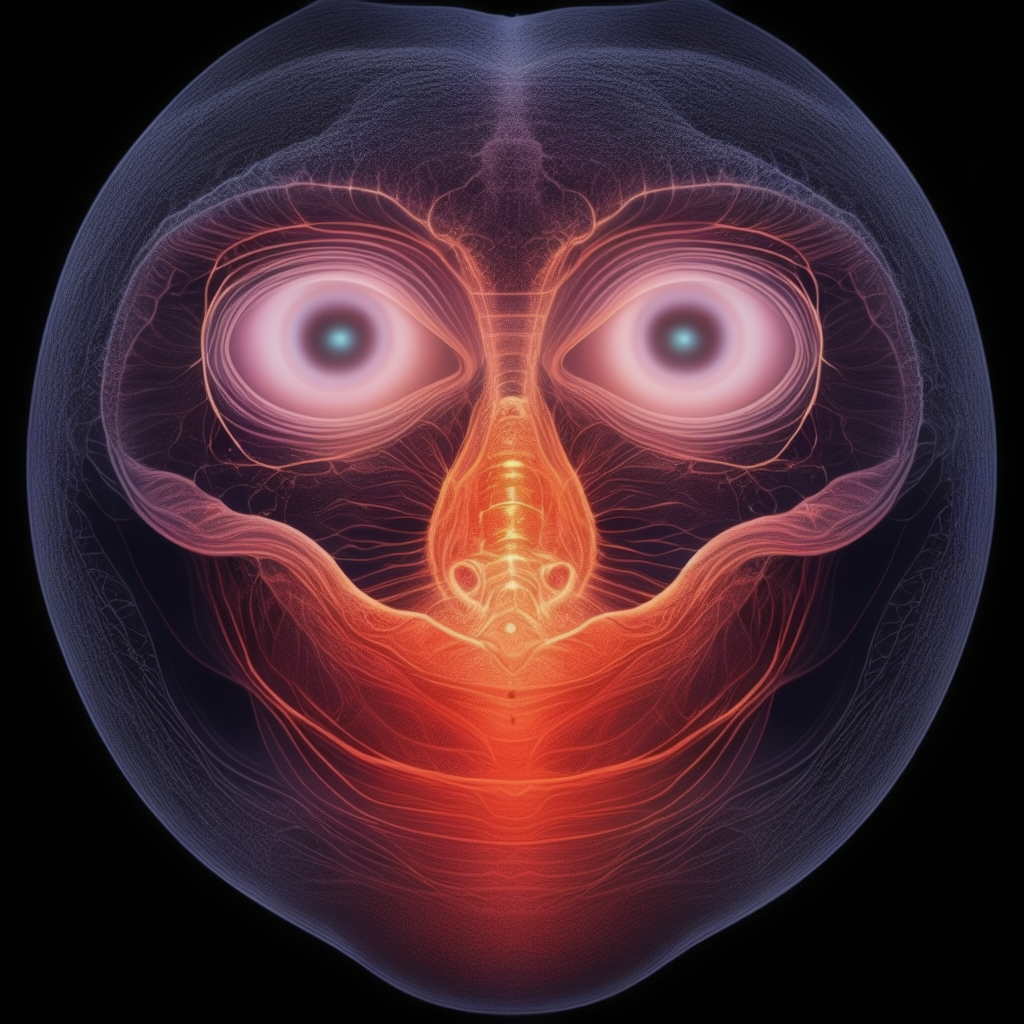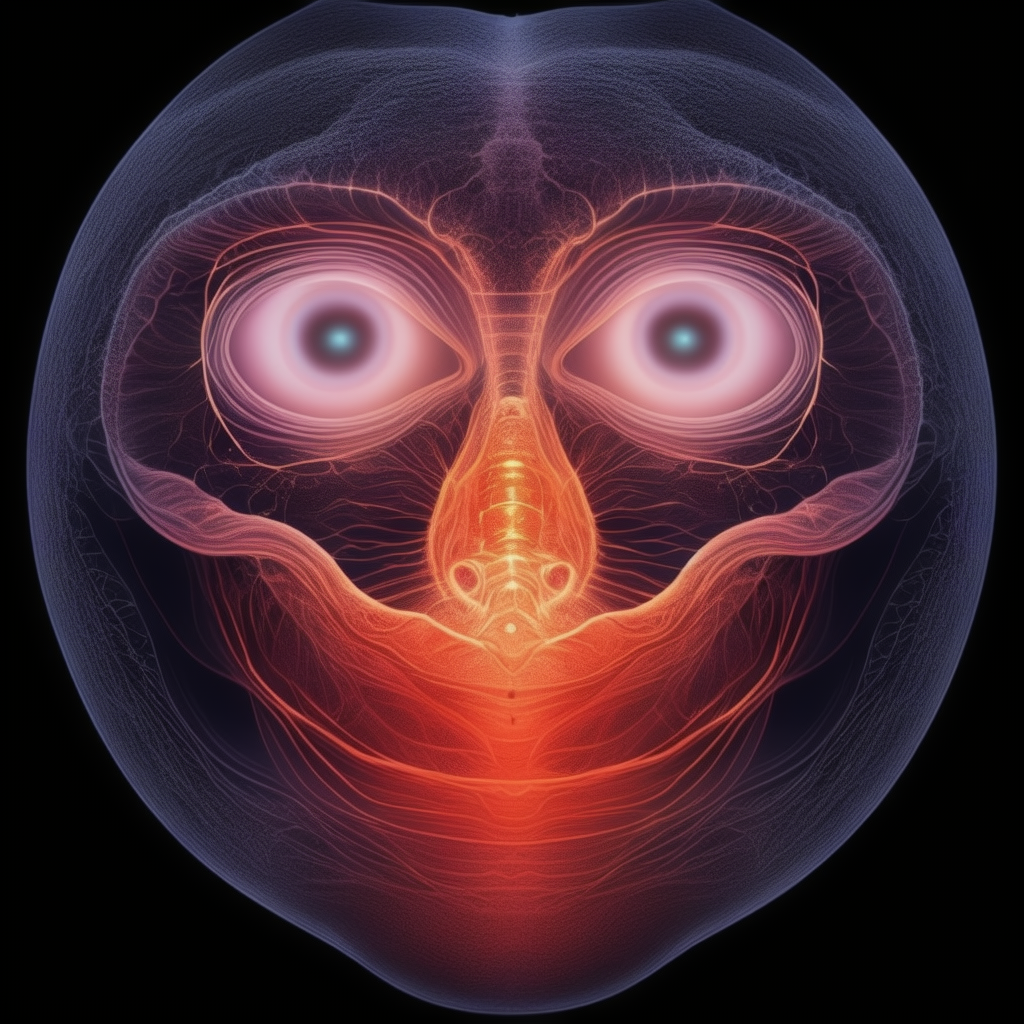The human body, brain, organs, cells, and proteins are indeed driven by a vast array of chemical reactions. These reactions are fundamental to biological processes and are meticulously orchestrated to maintain life. However, reducing human existence to just a set of chemical reactions or a machine-like pattern overlooks the complexity and uniqueness of conscious experience and free will. Let’s explore these concepts in more detail.
1. The Chemical Basis of Life
Atoms and Molecules:
- The human body is composed of atoms, which combine to form molecules such as proteins, lipids, carbohydrates, and nucleic acids. These molecules are the building blocks of cells, which are the fundamental units of life.
- Chemical reactions within cells are responsible for metabolism, energy production, and the synthesis of necessary compounds.
Biochemical Reactions:
- Enzymes, which are proteins, catalyze biochemical reactions that regulate bodily functions. For example, enzymes help digest food, synthesize DNA, and transmit nerve impulses.
- Hormones, which are chemical messengers, coordinate complex processes such as growth, metabolism, and reproduction.
2. The Complexity of the Brain
Neurochemical Interactions:
- The brain’s functioning is heavily dependent on neurochemical interactions. Neurotransmitters and neural pathways are crucial for processing information, emotions, and thoughts.
- Synaptic plasticity, the ability of synapses to strengthen or weaken over time, is vital for learning, memory, and adaptation.
Beyond Mechanistic Views:
- While the brain can be understood as a network of neurons and synapses, the emergent properties of these interactions give rise to consciousness, self-awareness, and subjective experiences.
3. Consciousness and Free Will
Conscious Control:
- Humans do have conscious control over many actions and decisions. The prefrontal cortex plays a significant role in executive functions, such as decision-making, planning, and and impulse control.
Consciousness allows individuals to reflect on their thoughts, make choices, and exert self-control, indicating that not all actions are predetermined by chemical reactions.
Determinism vs. Free Will:
- There is an ongoing debate in philosophy and neuroscience about the extent to which human behavior is determined by biological processes versus the exercise of free will.
- While some argue that all actions are the result of prior causes (determinism), others maintain that humans can make free choices that are not entirely dictated by their biology or environment.
The Role of Conscious Experience
Subjective Reality:
- Conscious experience involves subjective reality, which cannot be fully explained by chemical reactions alone. This includes emotions, thoughts, dreams, and perceptions.
- The phenomenon of consciousness remains one of the greatest mysteries in science, as it bridges the gap between the physical and experiential worlds.
5. Practical Implications
Health and Well-being:
- Understanding the chemical basis of life has led to significant advancements in medicine, such as the development of drugs and therapies that target specific biochemical pathways.
- Mental health treatments often combine biochemical approaches (medications) with psychological interventions (therapy), acknowledging the interplay between biology and consciousness.
Personal Agency:
- Recognizing the biochemical underpinnings of our bodies does not negate the importance of personal agency and responsibility. Individuals can make conscious choices that influence their health, relationships, and overall well-being.
The Interplay of Physics and Biology
Quantum Biology:
- Quantum biology explores how quantum phenomena, such as entanglement and superposition, may play a role in biological processes. This emerging field suggests that quantum mechanics might influence functions like photosynthesis, enzyme actions, and even neural processing in the brain.
Biophysics:
- Biophysics applies the principles of physics to understand biological systems. It examines how physical forces and principles, like thermodynamics and fluid dynamics, impact the structure and function of biological molecules, cells, and tissues.
Neural Network Dynamics
Complex Systems Theory:
- The brain can be modeled as a complex system, where numerous interconnected components interact dynamically. These interactions give rise to emergent properties like thought, consciousness, and behavior, which are not easily predictable from the individual parts alone.
Neural Oscillations:
- Brain functions are associated with neural oscillations or brain waves, which are rhythmic patterns of neural activity. Different frequency bands (e.g., alpha, beta, gamma) are linked to various cognitive states and processes.
The Influence of the Environment
Epigenetics:
- Epigenetics studies how environmental factors can alter gene expression without changing the DNA sequence. These changes can influence behavior, health, and development, showing that our environment and experiences can have a profound impact on our biology.
Neuroplasticity:
- Neuroplasticity refers to the brain’s ability to reorganize itself by forming new neural connections throughout life. This adaptability allows the brain to recover from injuries, adapt to new learning experiences, and modify behavior in response to changing environments.
Human Perception and Cognition
Multisensory Integration:
- Human perception involves the integration of information from multiple senses to create a coherent experience of the world. This process is crucial for understanding and interacting with our environment, highlighting the brain’s ability to synthesize diverse sensory inputs.
Cognitive Biases:
- Cognitive biases are systematic patterns of deviation from rationality in judgment. These biases can affect decision-making and behavior, demonstrating how the brain’s processing mechanisms influence our perceptions and actions.
Interconnectedness of Life
Ecological Systems:
- In ecological systems, all organisms are interconnected through food webs and nutrient cycles. The actions of one species can have cascading effects on others, illustrating the interdependence of life on Earth.
Symbiosis:
- Symbiosis is a close and long-term biological interaction between two different biological organisms. Examples include mutualism, where both organisms benefit, and parasitism, where one benefits at the expense of the other. These relationships demonstrate the interconnected nature of life.
Case Studies of Interconnectedness
Climate Change Impact:
- Climate change affects global ecosystems in complex ways. For instance, rising temperatures can alter migration patterns of birds, disrupt food sources for marine life, and impact human health. These changes illustrate the interconnectedness of climate, ecosystems, and human activities.
Pollination Networks:
- Pollination networks, involving plants and their pollinators, are critical for the reproduction of many plants and the production of food crops. Disruptions in these networks, such as the decline of bee populations, can have significant impacts on biodiversity and agriculture.
Theoretical and Philosophical Perspectives
Holistic Approaches:
- Holistic approaches to science and philosophy emphasize the importance of understanding systems as wholes rather than just the sum of their parts. This perspective is essential for grasping the complexity and interconnectedness of biological and ecological systems.
Systems Thinking:
- Systems thinking is an analytical approach that focuses on understanding how different parts of a system interact and influence each other. This method is crucial for addressing complex problems that involve multiple interconnected components, such as environmental sustainability and human health.
Leveraging Understanding for Positive Impact
Sustainable Practices:
- By understanding the interconnectedness of ecological systems, we can develop sustainable practices that minimize negative impacts on the environment. This includes adopting renewable energy sources, promoting biodiversity, and reducing pollution.
Mindfulness and Mental Health:
- Recognizing the mind-body connection can enhance mental health practices. Techniques such as mindfulness and meditation can improve emotional regulation, reduce stress, and promote overall well-being by fostering a deeper awareness of one’s thoughts and bodily sensations.
Cellular Communication and Molecular Interactions
Signal Transduction Pathways:
- Signal transduction pathways involve the transmission of molecular signals from a cell’s exterior to its interior. These pathways regulate cellular activities and coordinate various functions such as growth, immune responses, and metabolism. Disruptions in these pathways can lead to diseases, highlighting their critical role in maintaining cellular homeostasis.
Protein-Protein Interactions:
- Proteins interact with each other to carry out essential biological functions. These interactions are crucial for processes like DNA replication, transcription, and repair, as well as cellular signaling and structural support. Understanding these interactions can lead to advancements in drug development and disease treatment.
Biochemical Cycles and Ecosystem Dynamics
Carbon Cycle:
- The carbon cycle describes how carbon atoms move through the Earth’s atmosphere, hydrosphere, biosphere, and geosphere. Photosynthesis, respiration, and decomposition are key processes in this cycle. Changes in the carbon cycle, such as increased CO2 emissions, have significant impacts on global climate and ecosystems.
Nitrogen Cycle:
- The nitrogen cycle involves the conversion of nitrogen between its various chemical forms. This cycle includes processes such as nitrogen fixation, nitrification, and denitrification. Nitrogen is essential for the synthesis of amino acids and nucleotides, making this cycle vital for all living organisms.
Cognitive Neuroscience and Consciousness
Synaptic Plasticity:
- Synaptic plasticity refers to the ability of synapses to strengthen or weaken over time in response to activity. This mechanism underlies learning and memory, allowing the brain to adapt based on experiences. Long-term potentiation (LTP) and long-term depression (LTD) are two forms of synaptic plasticity.
Neurogenesis:
- Neurogenesis is the process of generating new neurons, primarily occurring in the hippocampus. This process is linked to learning, memory, and emotional regulation. Factors such as exercise, stress, and environmental enrichment can influence neurogenesis.
Environmental and Human Health Interactions
Air Pollution and Respiratory Health:
- Air pollution, caused by industrial emissions, vehicle exhaust, and other sources, has detrimental effects on respiratory health. Exposure to pollutants like particulate matter and nitrogen dioxide can lead to conditions such as asthma, bronchitis, and lung cancer.
Microbiome and Immunity:
- The human microbiome consists of trillions of microorganisms living in and on our bodies. These microbes play crucial roles in digestion, immunity, and overall health. Dysbiosis, an imbalance in the microbiome, has been linked to various diseases, including inflammatory bowel disease and obesity.
Evolutionary Biology and Adaptation
Adaptive Radiation:
- Adaptive radiation occurs when a single ancestral species rapidly diversifies into multiple new species, each adapted to different environments. The finches of the Galápagos Islands, studied by Charles Darwin, are a classic example of adaptive radiation.
Coevolution:
- Coevolution is the process by which two or more species influence each other’s evolutionary trajectory. Predator-prey relationships, mutualistic interactions, and host-parasite dynamics are examples of coevolution, where changes in one species drive adaptations in the other.
Quantum Mechanics and Macroscopic Effects
Quantum Entanglement:
- Quantum entanglement is a phenomenon where particles become correlated in such a way that the state of one particle instantly influences the state of another, regardless of distance. This principle has implications for quantum computing and information transfer.
Quantum Tunneling:
- Quantum tunneling occurs when particles pass through a barrier that they classically shouldn’t be able to. This phenomenon is crucial in processes like nuclear fusion in stars and the operation of electronic devices such as tunnel diodes.
Human Impact on Ecosystems
Deforestation and Biodiversity Loss:
- Deforestation leads to habitat loss, affecting biodiversity and ecosystem services. The destruction of forests disrupts carbon storage, water cycles, and soil health, contributing to climate change and species extinction.
Ocean Acidification:
- Ocean acidification results from increased CO2 absorption by seawater, leading to a decrease in pH. This change affects marine life, particularly organisms with calcium carbonate shells or skeletons, such as corals and shellfish, impacting entire marine ecosystems.
Advanced Technologies and Global Connectivity
Artificial Intelligence in Healthcare:
- AI technologies are transforming healthcare by improving diagnostic accuracy, personalizing treatment plans, and predicting disease outbreaks. Machine learning algorithms can analyze vast amounts of medical data, identifying patterns and trends that humans might miss.
Blockchain for Supply Chain Management:
- Blockchain technology enhances supply chain transparency and security. By providing a decentralized and immutable ledger, blockchain can track products from origin to destination, ensuring authenticity and reducing fraud.
Leveraging Interconnectedness for Innovation
Interdisciplinary Research:
- Interdisciplinary research combines knowledge from multiple fields to address complex problems. By integrating perspectives from biology, physics, computer science, and social sciences, researchers can develop innovative solutions to global challenges like climate change and healthcare.
Sustainable Development Goals (SDGs):
- The United Nations’ SDGs provide a framework for global development that emphasizes interconnectedness. Goals such as clean water, affordable energy, and responsible consumption require coordinated efforts across sectors and disciplines.
Conclusion
Understanding the interconnectedness of all aspects of 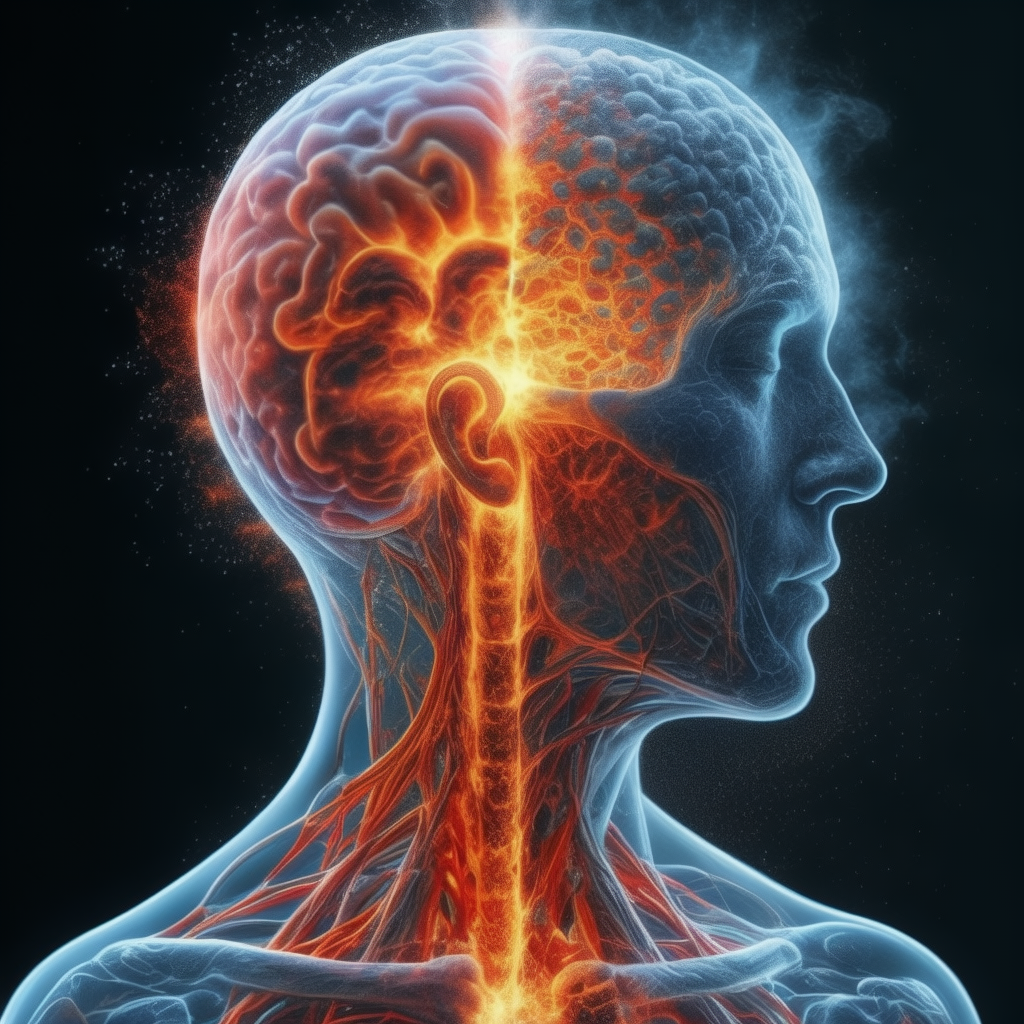 —from atomic interactions to complex ecosystems—provides a comprehensive perspective on our world. By leveraging this knowledge, we can make informed decisions that promote sustainability, enhance well-being, and foster a deeper appreciation of the intricate web of life. This holistic view is crucial for addressing the challenges and opportunities of the future, ensuring a balanced and harmonious existence.
—from atomic interactions to complex ecosystems—provides a comprehensive perspective on our world. By leveraging this knowledge, we can make informed decisions that promote sustainability, enhance well-being, and foster a deeper appreciation of the intricate web of life. This holistic view is crucial for addressing the challenges and opportunities of the future, ensuring a balanced and harmonious existence.
Understanding the interconnectedness of various phenomena—from cellular processes to global ecosystems—provides a holistic perspective on the intricate web of life. This knowledge empowers us to develop innovative solutions, promote sustainability, and enhance well-being, fostering a deeper appreciation for the complexity and beauty of our interconnected world.
While the human body and brain operate through complex chemical reactions, this mechanistic view does not capture the full essence of human existence. Consciousness, free will, and subjective experiences add layers of complexity that transcend purely biochemical explanations. Humans possess the ability to reflect, make decisions, and exert control over their actions, suggesting that we are more than just machines governed by chemical processes. Understanding this interplay between biology and consciousness is crucial for appreciating the richness of human life.

